If you’re like most people, you think of a holster on the middle or upper body when you think of concealed carry. Maybe you think of a holster at your hip, maybe at the small of your back, or maybe under under one (or both) of your arms in your armpit area.
But many people also really like using ankle carry for their concealed carry weapon, and Richard Mann gives us some reasons why:
An ankle holster works well when drawing from positions other than standing. As [firarms instructor Tiger] McKee explains, “If I’m curled up in a fetal position, trying to keep the bad guy from kicking my head in, the draw from [an] ankle holster may be quicker and safer than trying to draw the weapon on my belt. If I’m seated in a car or behind a desk the ankle holster can be easier and/or quicker to access.”
For these reasons the ankle holster has always been popular with police officers who carry back-up guns. When I worked the street, I carried an ankle holster most of the time—initially for a snub-nose revolver, but after I was issued a Glock 22, I carried a Glock 27 in an ankle holster.
Of course, like any choice, there are trade-offs. You have to adapt to having that additional weight on your leg. You also need to wear pants longer than normal (no Capri pants, ladies) to cover up the firearm. Mann gives us some more insight:
McKee also stressed that, “When choosing to carry an ankle holster you need to dedicate yourself even more to practice, especially on drawing from compromising positions.” He’s right, and like Close Combat Instructor Michael Janich who was trained by Col. Rex Applegate points out, “Ankle holsters require the use of two hands to clear the pant leg and draw the gun. For tall or heavy shooters or those with limited flexibility, drawing from an ankle holster may be very difficult.”
Then there’s the issue of which leg you wear the ankle holster on and do you wear it on the inside or outside of the leg. If used to carry your primary gun, it needs to be accessible by your strong hand. That means it’s worn on the inside of your weak-side leg or the outside of your strong-side leg. The problem with outside carry is that you will invariably bump the gun on just about everything.
So, the short answer to the question of whether you should consider ankle carry is “Maybe.” Like anything else having to do with concealed carry and your firearms training, you need to think about both the pros and cons of whether this method of concealed carry will work for you. Only then can you make a good decision about whether this method is right for you.


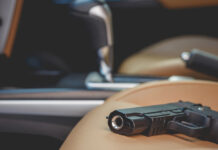


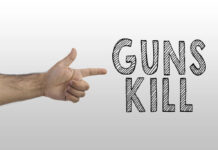

![Are Compensators Worth It? [Video]](https://preparedgunowners.com/wp-content/uploads/2025/07/Depositphotos_815431992_S-218x150.jpg)



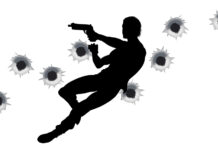

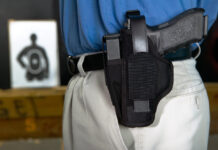
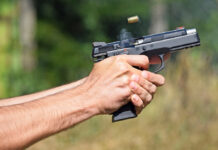
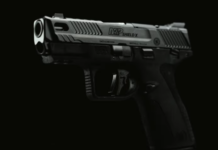
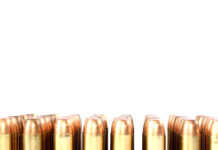
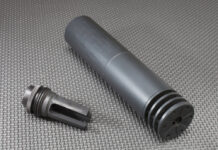
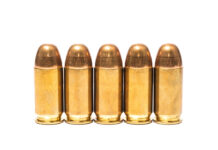

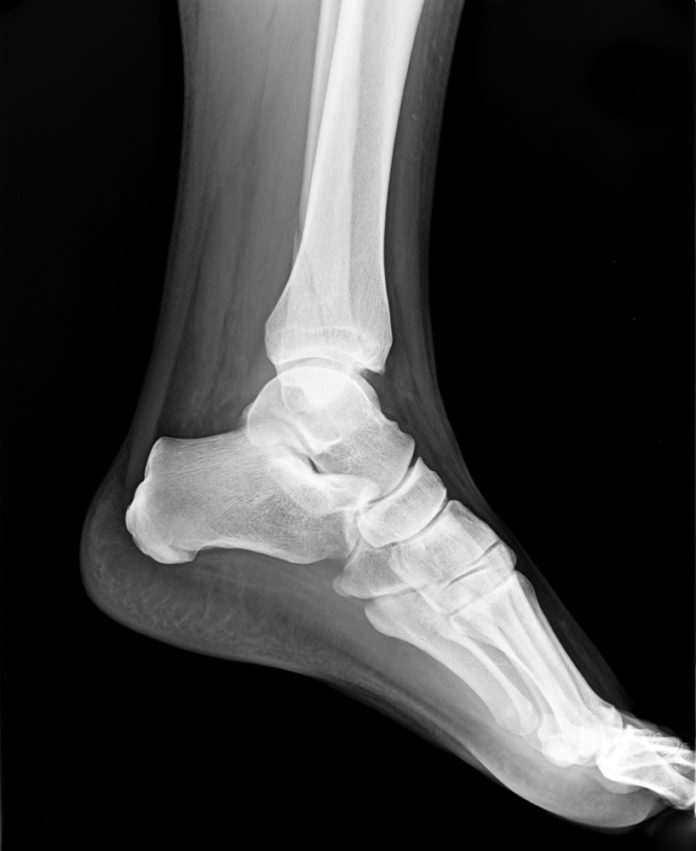










![Optic Ready vs Milled slides? [Video]](https://preparedgunowners.com/wp-content/uploads/2024/02/image-3-100x70.png)
![[Checklist] What Gear You Need To Take Pistol, Rifle & Shotgun Training Courses [Video]](https://preparedgunowners.com/wp-content/uploads/2023/07/Depositphotos_275087632_L-100x70.jpg)
![What is in Carter’s 2023 EDC? [Video]](https://preparedgunowners.com/wp-content/uploads/2023/07/Depositphotos_146856137_L-100x70.jpg)



As a BUG location for backup, maybe.
Back in the ’70s I used boot carry. Engineer boots and an IWB holster. Back when flared leg pants were popular. Went back to belt carry fairly quickly.
Now OWB belt carry and a pocket carried BUG.
Well, you certainly shouldn’t carry a weapon on a broken ankle. Whoever this x-ray belongs to has a fractured fibula.
Comments are closed.